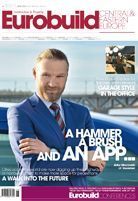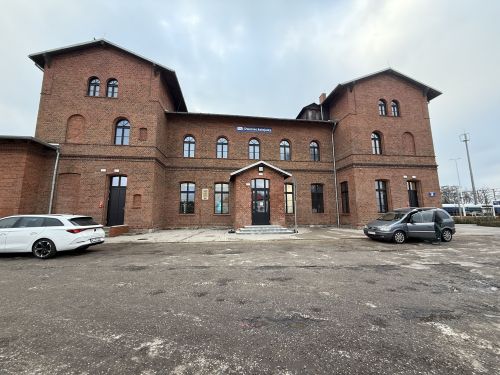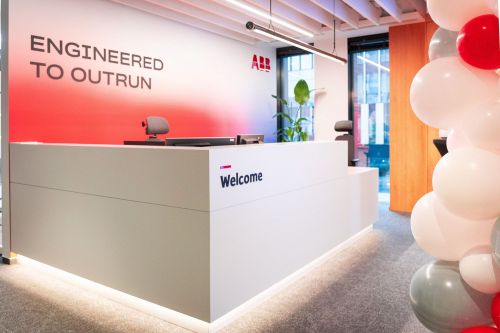There are now many such systems available on the market, so it might seem that clients enjoy a wealth of options. However, this does not mean the choice is easy. The IT system must be perfectly adapted to how the enterprise operates and even in such a specialised industry as FM there is a wide variety of different operations.
Small steps
Inwemer decided to use an IT platform for order servicing a few years back. “We tested a number of the systems available on the market but none of them matched our needs,” recalls Artur Morawski, the director of real estate technical service at Inwemer. “The development of a tailored system by a specialist R&D company would have been hugely costly – we received estimates of as much as PLN 1 mln and this is a considerable expense even for a large service company. So we eventually decided to commission a small firm for the task, together with which we developed an application especially for us.
The first of these was a modu































































